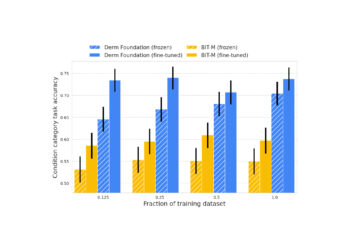Recently, I started a daily challenge: two algorithm problems a day, no brute force, no overthinking just math and time-efficient logic. The goal isn’t volume. It’s clarity and precision. Today’s focus: two math-based LeetCode problems, both solved with clean, optimized one-liners that beat 100% of submissions in runtime.
Task: Determine if a given integer n is a power of two.
Optimized solution:return n > 0 and (n & (n — 1)) == 0
This checks if n has exactly one bit set a binary-level trick that eliminates the need for loops or logarithms.
Task: Given an array of n elements from the range 0 to n, find the missing one.
Optimized solution:return n * (n + 1) // 2 — sum(nums)
Mathematics over iteration. Constant time. Fully deterministic. No auxiliary data structures.
Even as an AI/ML engineer, the ability to reason through data structures and algorithms remains essential. These skills aren’t just relevant for technical interviews — they directly translate into how we write efficient, scalable machine learning systems. Whether you’re working on model serving, preprocessing pipelines, or fine-tuning latency-sensitive inference, the underlying logic often mirrors what you’d find in a well-optimized algorithmic solution.
For example, replacing iterative loops with vectorized tensor operations in PyTorch is a direct application of algorithmic thinking. Techniques like using torch.inference_mode() or optimizing data movement between CPU and GPU rely on the same principles: minimizing unnecessary computation and controlling execution flow with precision. Fast, minimal code isn’t just about writing fewer lines it’s about unlocking performance that becomes a model’s unique selling point in production environments.
Understanding how to reason at the level of algorithmic efficiency isn’t optional it’s foundational. The patterns you sharpen through daily problem-solving are the same ones you deploy when optimizing real world ML systems.
genuinely believe everything in this field is interlinked. In my Master’s journey in AI and Data Analytics, my responsibilities span across the entire pipeline from cleaning noisy datasets, extracting insights, and training models, to building agents and fine-tuning large language models like BERT. Even when the compute costs are high and the models complex, the core mindset remains the same: be intentional, be efficient. Whether it’s aligning token embeddings or writing a one-liner to find a missing number, it’s all about making decisions that scale. These small algorithmic wins sharpen the same instincts I use to optimize deep learning workflows






